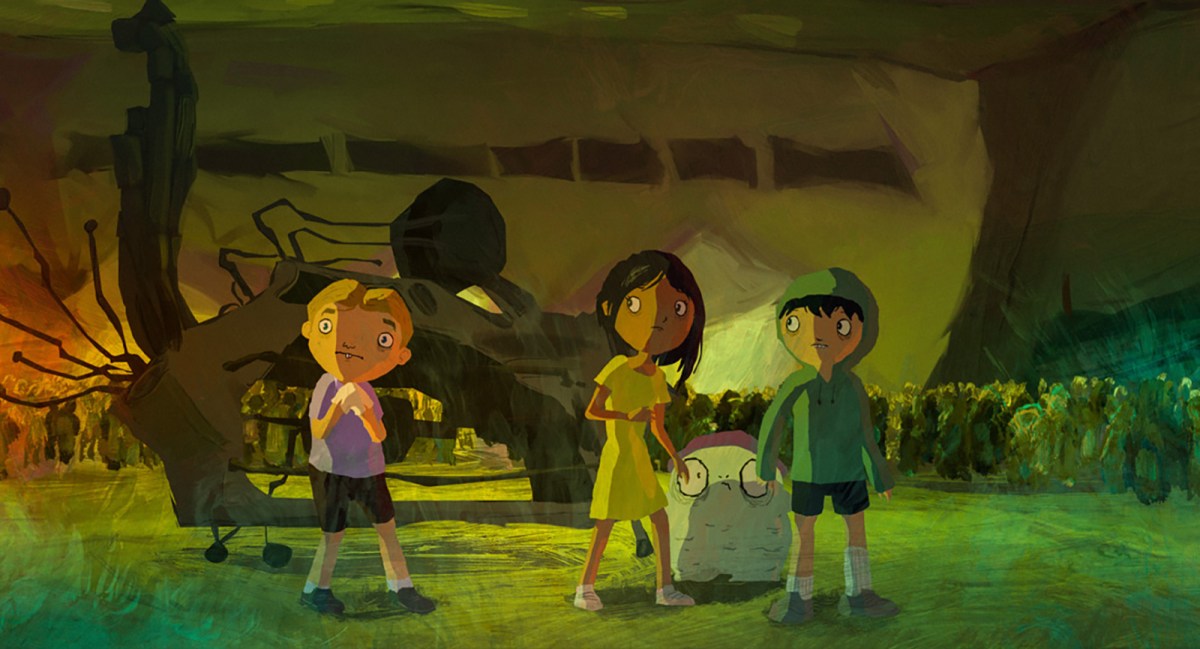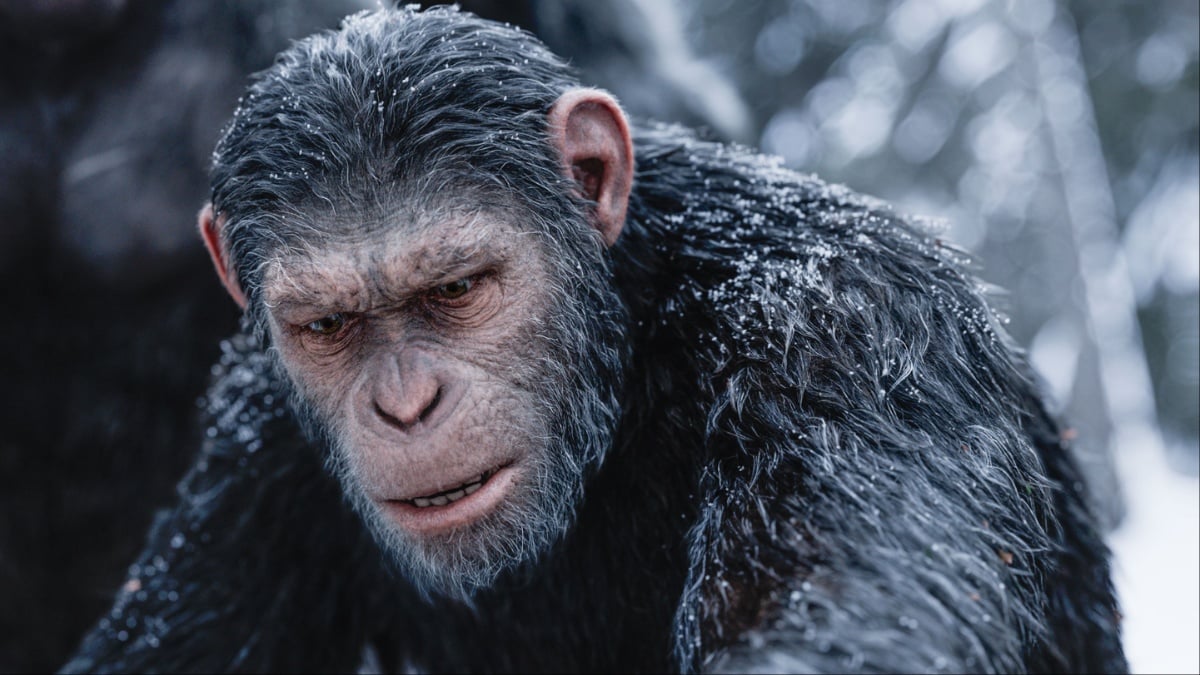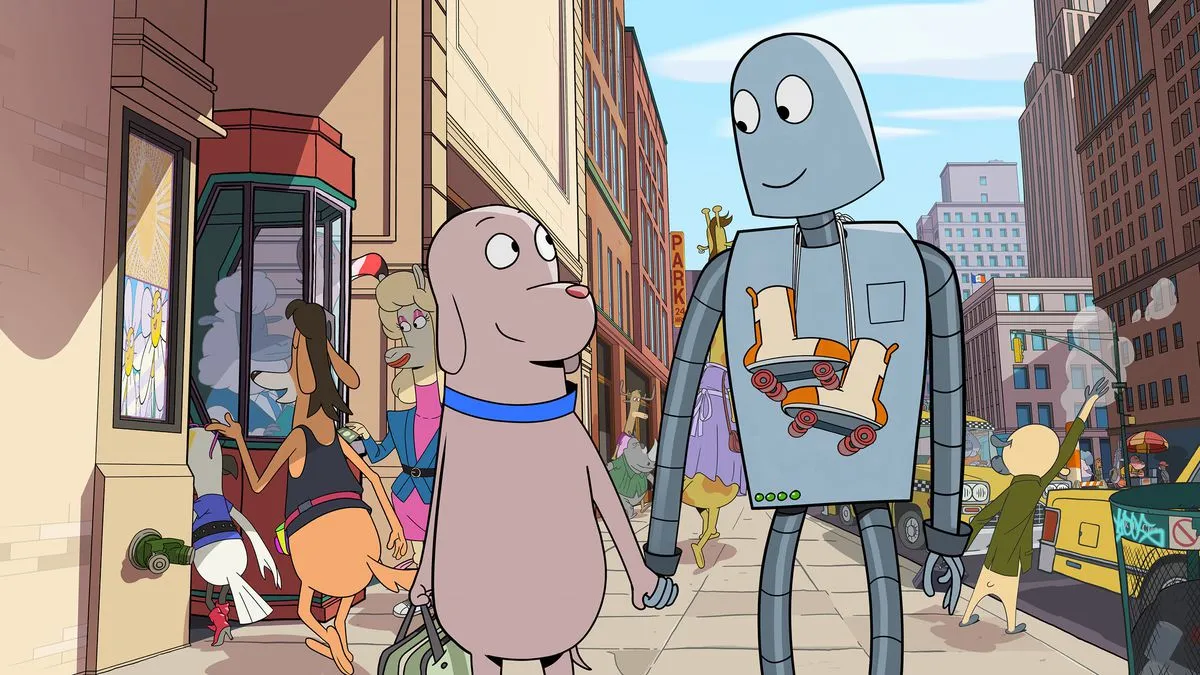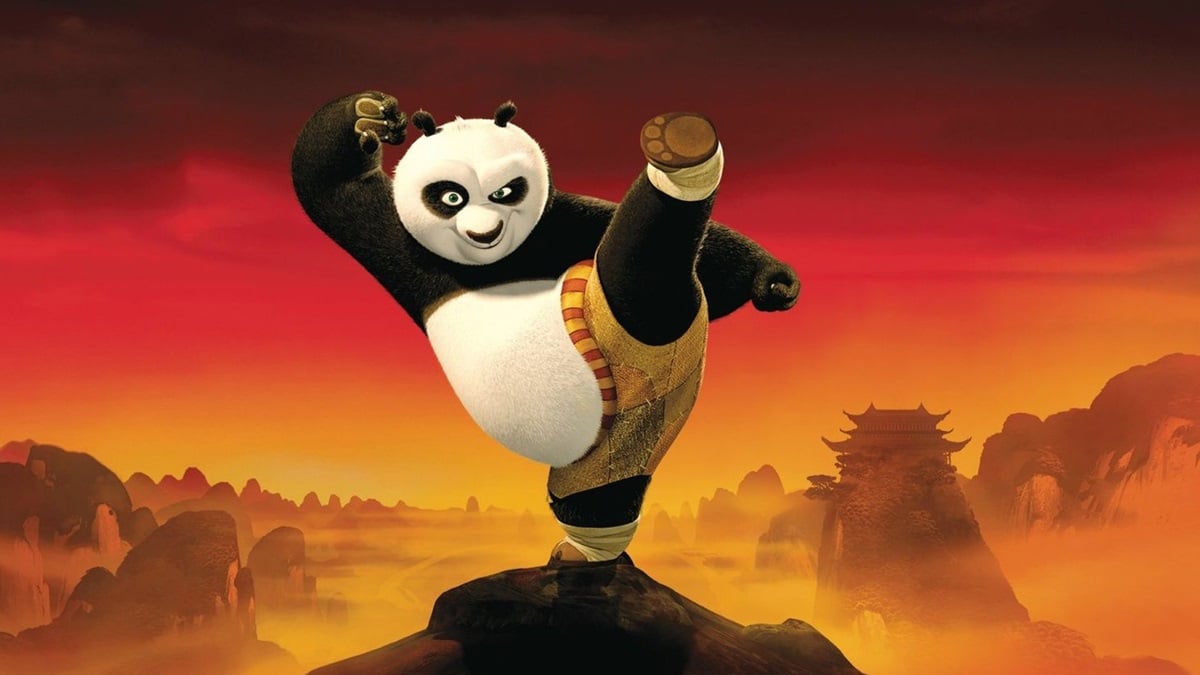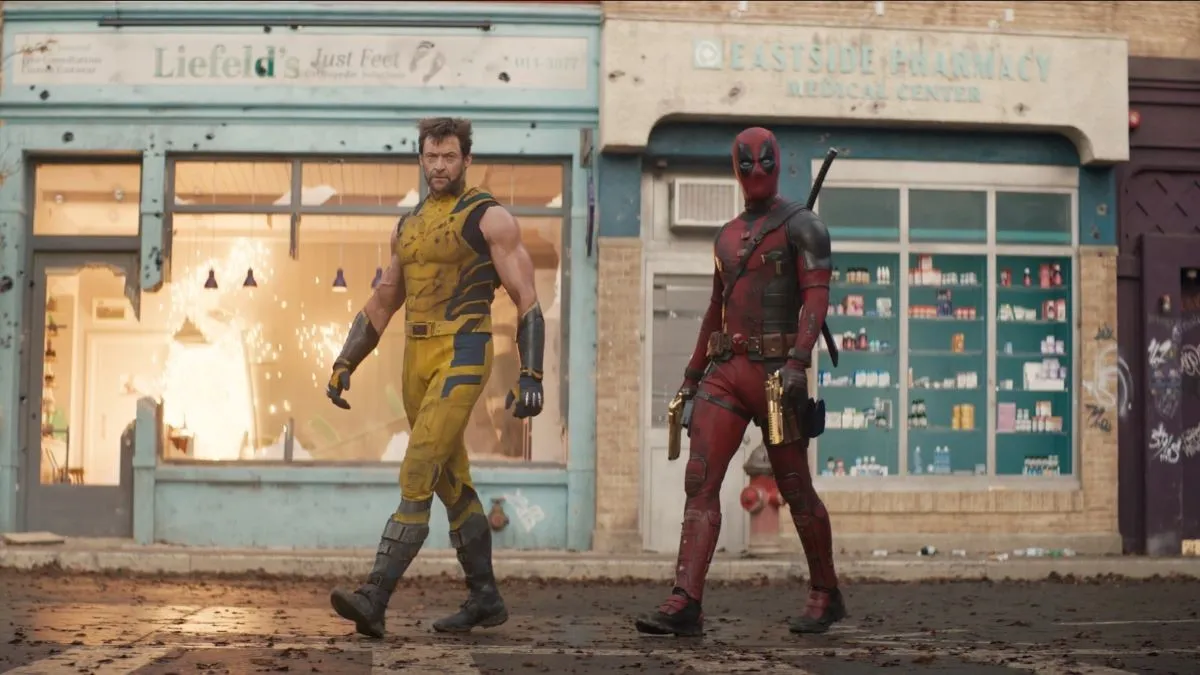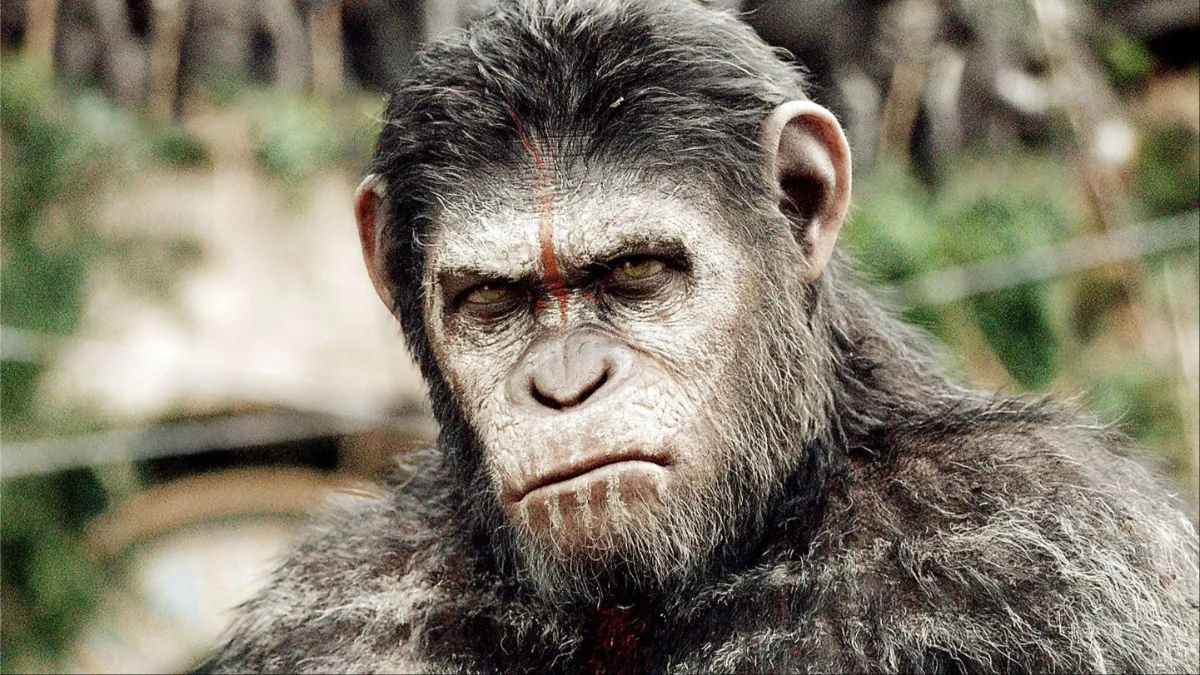In the Brazilian film Tito and the Birds, fear is more than a feeling. It’s a physical disease that makes you sick, immobilizes you, and spreads. Through gorgeous hand-painted backdrops and heavy influences from Expressionism, directors Gustavo Steinberg, Gabriel Bitar, and André Catoto have created a visually lush allegory about what happens when we allow fear to drive our actions.
Through a 10-year-old boy named Tito, whose fascinated with the language of birds, the audience follows an exciting adventure that also resonates strongly with the current moment. I spoke to Gustavo Steinberg over the phone about Tito back in November when the recent election of Jair Bolsonaro as President of Brazil hung painfully over the conversation. There was perhaps no better time for Tito to appear with its message of fighting against fear-mongering than during the election of a far-right President who is actively targeting the rights of the LGBTQ individuals, indigenous populations, and women. Steinberg emphasizes the importance of making art for children, and making stories that encourage difficult conversations between children and adults.
This interview has been edited for length and clarity.
TMS (Charline): I know that people have been talking about Tito and the Birds a lot in terms of the current political moment but I read that there were three years of production and also that you had started writing the film eight years ago.
Gustavo Steinberg: Yes, we started the project eight years ago, which means the project evolved over this period. People have been asking me like, “How much did reality and current events affect the story, and how much did you bring from reality?” and it’s interesting, because we didn’t change the story much.
As my executive producer says, I think reality caught up with the story and not the other way around—unfortunately for the world. It all started—I’m from São Paulo and it’s a huge metropolis in Brazil. And it’s also known as the “City of Walls” as everybody lives behind walls and fences and dark wires, so you can really see fear in the air. So to see fear as natural disease was something we could see early on.We really wanted to talk about this whole new culture of fear that is going on, fed almost non-stop by the media—but it’s also networks. We wanted to talk about that to the kids.
The idea of the fear disease, the whole plot, and the villain—which was coincidentally or not also inspired also by Donald Trump [Note: the main “villain” of the story is a man trying to profit off of fear through real estate] before he was even a candidate—has been there from the start.
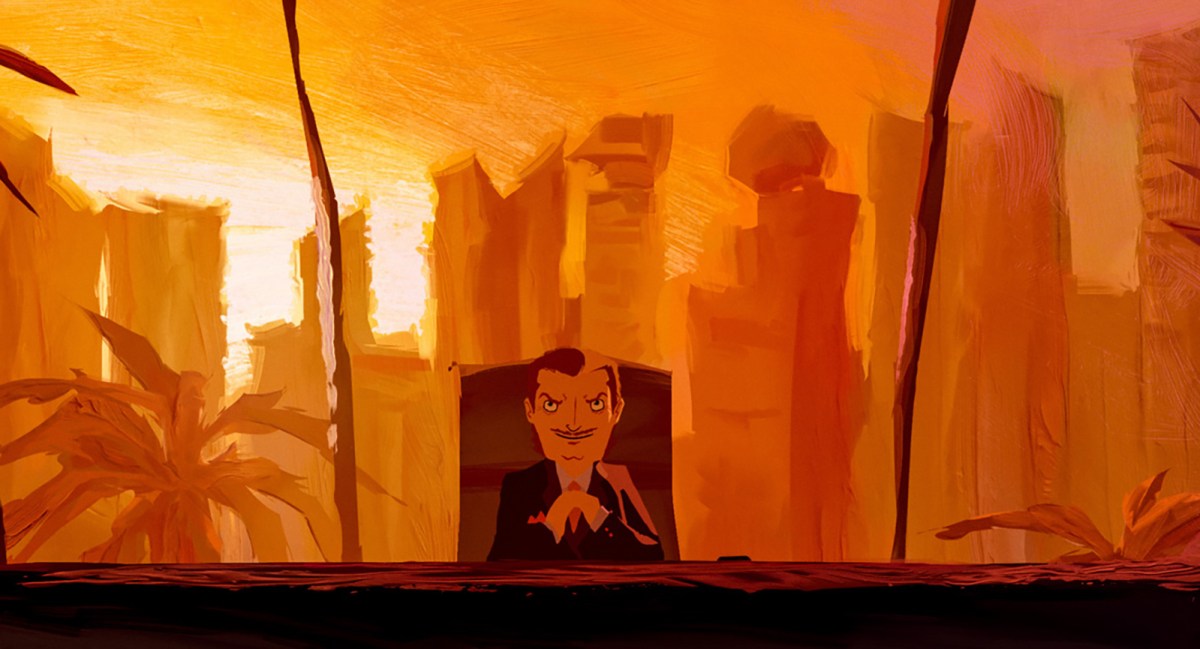
TMS: I thought the allegorical nature of it was really well done, and the way it talks about fear being cyclical was really appropriate—it’s possible that it’ll be necessary for us to watch this again in the future which might be a bit sad…
Steinberg: [Laughs] Very true. At least if people don’t read history books, maybe they’ll watch the show and be more careful in the future—I don’t know. History repeats itself unfortunately, but I think the allegory is really about something that we have to be careful with, like, it’s really about turning to human nature and how to deal with the most basic problems that we have as a society.
One thing that I always like to point out: people tend to talk a lot about the message in the movie, but I always like to remind people that it’s a fun story. It’s an adventure and it’s fun to watch and that’s important and something we wanted to do from the start. Because if it’s like, boring and heavy and a retro kind of thing, it’s not affective—especially for kids. We really wanted to create something that’s fun to watch, beautiful to watch, and at the same time that had a message…and had more than a message. I think there is a goal.
We wanted to create a possibility for kids and parents and kids and adults and teachers to be able to discuss what is happening in the world—because adults, sometimes, they tend to try and protect kids from what is going on. And I’m completely sure that kids understand what is going on, or at least sense what is going on. They don’t really get feedback from adults and they really need feedback.
If things are already bad as they are, we don’t want kids to grow up in a world where the culture of fear is a normal thing—because I think things are going to get much much worse. So what we really aimed for, was creating the possibility of opening a discussion between adults and kids, because sometimes we adults don’t really know how to start this conversation.
The best feedback I get from kids is when they walk out of the movie theater and in the following days they actually recognize all the themes in real life and I think that’s so beautiful. It’s part of the resistance right?
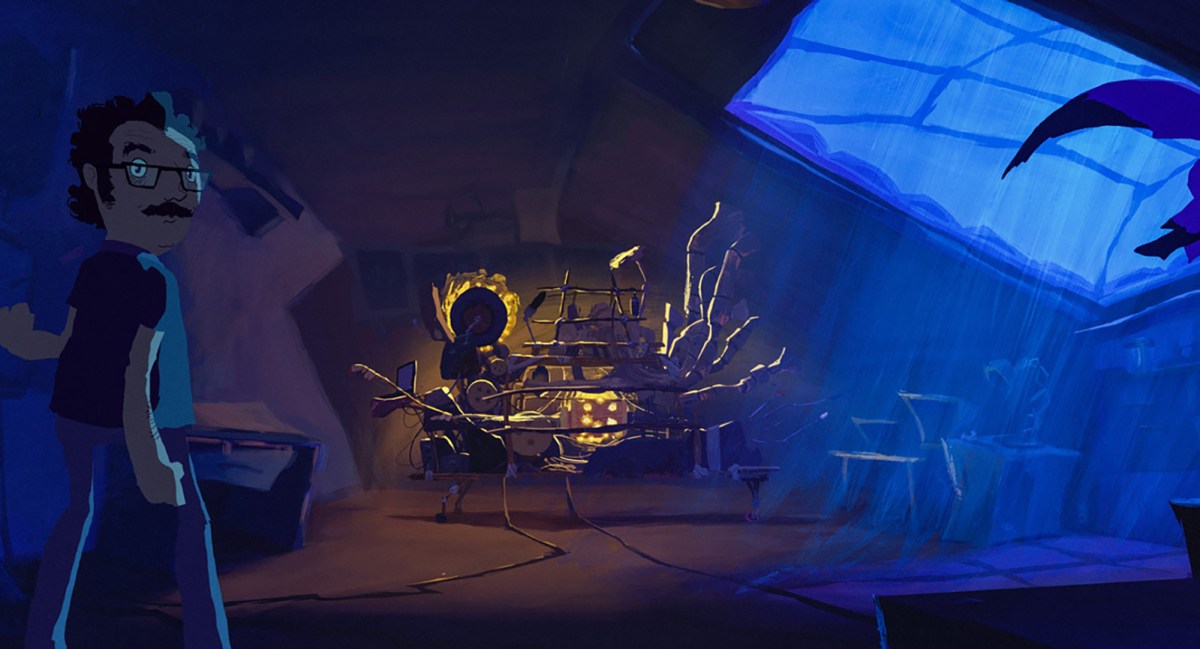
TMS: I’m amazed by how seriously the film takes children and their power because they’re really the heroes of the story. In the beginning you really think the dad is going to be the hero but it becomes the son.
Steinberg: Yeah! and it’s totally about that isn’t it? We think that Trump and daddy Bolsonaro is going to save us, but they don’t. That’s what it is all about: it’s really up to you. One of the biggest inspirations for us in terms of movie references was The Goonies because it’s like, a bunch of kids getting together and having this big problem and difficult thing, and they get together and solve it.
TMS: This was your first animation feature, and I think it really takes advantage of what animation can bring to a film that live-action can’t. Could you talk a bit about the choice of using Expressionism, that process?
Steinberg: You touch on a point that is very interesting—I already know the limitation of live-action, right? And the difficulties of live-action, and of course it’s really about the story. It’s a story that would be best told in animation because I really wanted to talk to kids about a very difficult subject, so I thought it was the best way to engage the young audience.
In terms of aesthetics, the Expressionism came about because we did a very long development process because we had a very tight budget and we knew that we would have to choose directions and techniques and production very carefully to get to the end of the project. We came across Expressionism as a reference and it was one of the co-directors, Gabriel Bitar, who said, “What if we use Expressionism?” and we said, “Of course!”
We have to use it because it’s the best possible way to tell a story about fear because it’s very thin line we have to walk on—because if it’s a film about fear for kids you don’t want to make it too scary, otherwise they will just walk out of the movie theater…you aren’t going to be very successful. So, we had to come up with a few strategies because we needed fear, we needed the children to feel what we were talking about.
So one of the main strategies was the whole aesthetics of the film: dense backgrounds, colorful, very powerful so it would be all the time—feeling this oppression in the air. The other strategy was the music—the original score was another way to bring fear into the story so the kids would constantly feel what we were talking about, and of course the third strategy was the fear disease itself because I think it’s a very graphic way to talk about the whole fear cycle.If you turn it into a disease, it’s more understandable.
It shows that it’s really about imagination—it is not that society is not violent and there is not violence in the this world, it’s just that the way you imagine violence sometimes does more harm than the actual violence and it really contaminates you and everything else.
It’s my first time doing animation so I had to bring on a lot of talented people from Brazil—I wouldn’t say it’s booming but it’s definitely crazy in terms of production. I don’t know what it’s going to be like now with the new government. We have challenges ahead, as you can imagine.
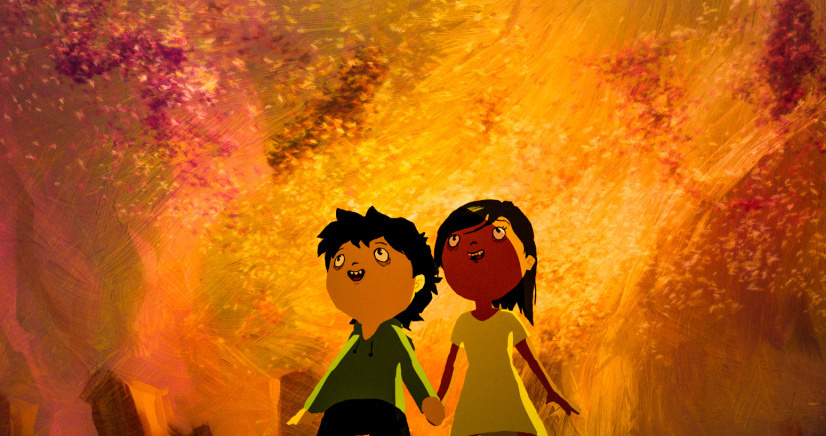
TMS: Birds—specifically city pigeons—are an important part of the story, and the idea that they’re central to the story is introduced early on. Song and storytelling is important to the story, and I think there’s a resonance with what you were saying about the threat towards storytelling that might be approaching.
Steinberg: We needed to come up with a magical element to synthesize all that you said, and I thought that the birds would be a perfect symbol for that—and when I say birds it’s really—as you pointed out—it’s really about pigeons. They are the birds that have been with us from the start, since there has been human civilizations in cities, they have been there with us.
We thought the pigeons would be great for many different reasons. They’ve been observing and living with us in cities so they have been part of this evolution process in society, but they have always been in the margins of society as like, privileged observers of our own humanity. So it was a mixture of that symbol that is civilization but it’s also nature—it’s a shared memory we have.
The beginning of the film, it’s really true. There’s lot of mythology about birds and bird-singing is quite related to the language of the gods in mythology. Of course, we exaggerated and created our own new mythology with that. But at the same time, the pigeons are a symbol of peace in Christianity and they have been heroes in wars: they are the symbol of one of the earlier kinds of distance communications. And at the same time, whenever you are a parent and a kids is about to touch a pigeon you’re like, “Oh, no! Don’t, it’s dirty!” It’s some of that together. I think I managed to pick a very powerful symbol and when you think about the Goonies reference, it’s a film for kids and a fun adventure and you got to fly. The flying is always nice.
TMS: Something that strikes me is how seriously you take children as an audience.
Steinberg: I take it very seriously, I have two kids and I really think we should take them seriously. It’s, I don’t know, this whole thing that—they are human beings and they are learning just as we are. It’s not that we adults know things, and I sincerely think that with the chaos that we are bringing to the world—I think they are more likely to find better solutions than we are.
Seriously, sometimes when you have a conversation with kids they just bring out the most obvious answers to complicated questions that we have and we go “Uh-huh” and sometimes I see adults go “You’re just a kid, you don’t know” but they do! They ask very good questions that we should ask ourselves. So I think that conversation, of course there is a way to talk to kids—it’s pretty obvious you can’t put lots of social references and culture references—but if you stick to the basics they have, I mean, we share the same logic and impulses. We have to talk to kids just as seriously as we talk to adults.
TMS: What are some aspects of the film: characters, scenes, etc. that you really love?
Steinberg: My favorite character is Sarah. She’s a kick-ass female character. I just love her. She’s really the one who pushed Tito—I mean, different moments of the film all push the characters, it’s really a collective effort there. But I really love her.
And I love the whole aesthetics that we have, the oil paint we picked for the movie. I like all the shots where the camera spins, it’s our way to create emotion with very simple effects. We had a big inspiration for that: there is a German Expressionist painter called George Grosz. He had some paintings that you know, they are all fragmented and colors, he was a very big reference for us. The dream, the beginning, and closing, they were all really inspired by Grosz’s paintings.
Screenings of Tito and the Birds come to the United States at the end of the month. You can check out dates here.
(images: Shout Factory)
Want more stories like this? Become a subscriber and support the site!
—The Mary Sue has a strict comment policy that forbids, but is not limited to, personal insults toward anyone, hate speech, and trolling.—



